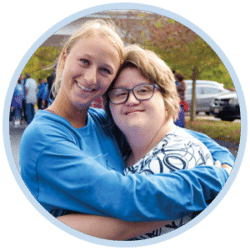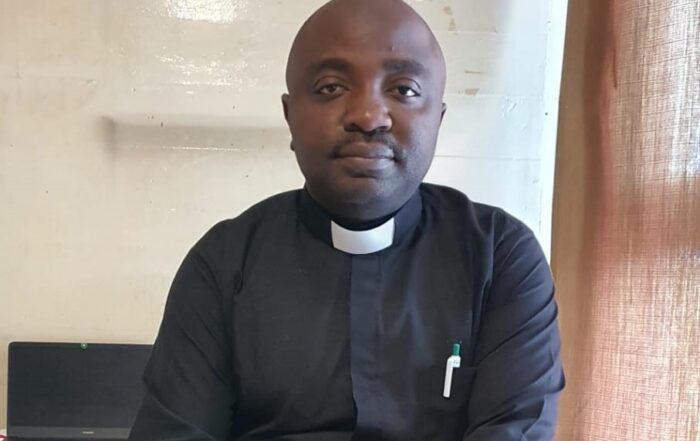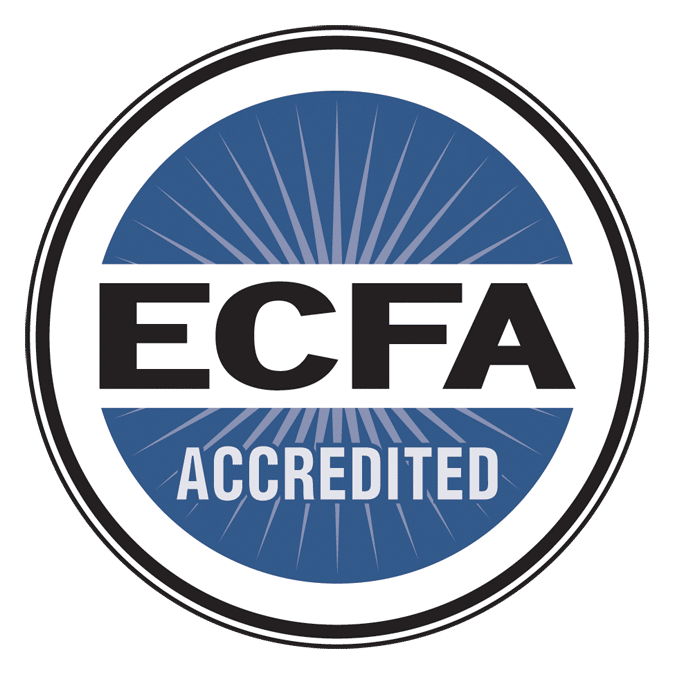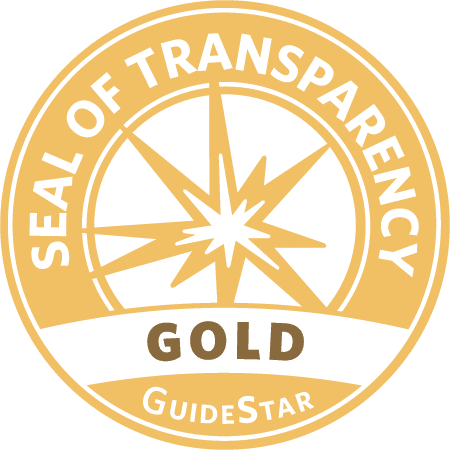Removing Barriers: 2 Steps to Make Your Church Accessible
Your church already does great ministry. Instead of thinking about “disability ministry” as a brand-new ministry, what if we make existing ministries accessible?
“Disability ministry” is anything that removes barriers keeping people from full participation in the church.
It might be helpful, as you read this article, to keep a piece of paper handy. Jot down some answers to the questions being asked.
No two churches are identical. But most churches include three common elements in their ministry: worship, fellowship, and the teaching of God’s Word. However your church engages in these elements, the principles for “removing barriers” will help your church include people with disabilities.

Step 1: Identifying Barriers to…
Worship
Seeing the goodness of God compels us to worship. Worship is a posture of the heart. And whether your church worships through song, prayer, service, or sacraments, we are all called to worship “in spirit and in truth.” If God calls everyone to worship him, we must make a way for that call to be answered by everyone in our churches.
How does your church worship?
Fellowship
One of the first things we see in Scripture is that “it is not good for man to be alone.” People with disabilities and their families often experience isolation.
But isolation is not something that only harms those who are isolated.
Because every believer has been gifted by God for the good of the church, when a church is missing people with disabilities it is also missing their gifts!
“A spiritual gift is given to each of us so we can help each other…”
1 Corinthians 12:7 (NLT)
1 Corinthians 12 goes on to say, “All of you together are Christ’s body, and each of you is a part of it.” This means that we need each other. “If the body were only an eye, how would it hear? If the body were only an ear, how would it smell anything?” The unity of the church is found in its diversity.
God doesn’t differentiate between disabled and “abled” believers. There is only one church.
“There is one Lord, one faith, one baptism, one God and Father of all, who is over all, in all, and living through all. However, he has given each one of us a special gift through the generosity of Christ.”
Ephesians 4:5-7 (NLT)
Including people with disabilities in our churches helps maintain unity. By including people with disabilities, our churches will acquire eyes, ears, noses, hands, feet, and mouths that it might be missing without even realizing it.
How does your church fellowship? How do the members of your church contribute to ministry?
God’s Word
Though language skills and intellectual capacity may limit someone’s ability to write or understand a book on systematic theology, Isaiah 55 tells us that God’s Word “does not return void.”
We don’t need a degree in theology to “taste and see that the Lord is good” (Psalm 34:8, NLT).
Because God speaks to our hearts, his Word is not only for those with typical learning styles, intelligence, and verbal ability. Understanding how someone with an intellectual disability learns is a team effort. Ask questions of parents and caregivers to determine the best ways to communicate.
And ultimately, remember what Paul wrote in 1 Corinthians 3:6-8 (NLT),
“I planted the seed in your hearts, and Apollos watered it, but it was God who made it grow. It’s not important who does the planting, or who does the watering. What’s important is that God makes the seed grow. The one who plants and the one who waters work together with the same purpose. And both will be rewarded for their own hard work.”
Your efforts to share God’s Word with someone with an intellectual or developmental disability may seem fruitless. It can be hard to tell when growth is happening. But when it comes down to it, our job is to,
“Preach the Word of God. Preach it when it is easy and people want to listen and when it is hard and people do not want to listen. Preach it all the time. Use the Word of God to show people they are wrong. Use the Word of God to help them do right. You must be willing to wait for people to understand what you teach as you teach them.”
2 Timothy 4:2 (NLV)
Our role is to be faithful. God’s role is to bring growth.
How does your church share God’s Word? How can you make biblical truth accessible to people with disabilities?
When someone is having a hard time participating in one of more of these three areas, we’ve run into a barrier. Finding out what that barrier is will help determine our response. Broadly speaking, barriers come in two varieties: physical and social. People need to be able to get through the door. And they need to find welcoming people waiting inside.
Physical Barriers
Some barriers can be purely physical. A staircase or narrow doorway can make a space inaccessible to someone in a wheelchair. Loud noises, bright lights, and strong scents can make a room inaccessible to someone with sensory processing disorder. Lack of transportation can make it impossible for someone to get to church. These barriers are physical in nature and require physical solutions.
Social Barriers
Some barriers are not visible. Misguided beliefs and expectations about disability can create barriers, too. The belief that people with disabilities are not created in the image of God, or people with invisible disabilities need to just get over it create barriers just as real as a staircase. The expectation of absolute silence during a worship service, for example, may mean someone with involuntary repetitive movements can never fully participate. Social barriers are more difficult barriers to remove, since people may not even realize they exist.

Step 2: Dealing with Barriers
Generally, there are three ways to deal with barriers. How you choose to respond to barriers will determine what your ministry to people with disabilities looks like. Remember: anything that creates access to worship, fellowship, and the teaching of God’s Word is disability ministry!
1. Removing Barriers
Sometimes, a change to the environment can make a space accessible. Adding a wheelchair ramp or elevator removes the physical barrier of stairs. A sermon on the theology of disability may help change the hearts and minds of the congregation, making the social environment more welcoming.
Often, removing barriers benefits more people than just those with disabilities!
Adding a small ramp to the curb is necessary for wheelchair users, but also benefits moms with strollers, elderly people with walkers, and very small children. Creating a culture of welcome for people with even the most profound disabilities will help anyone know that your church has a place for them, too.
And as we learned earlier from 1 Corinthians 12, including people with disabilities in the church has a tangible impact on everyone!
2. Overcoming Barriers with Supports
If removing a barrier is impossible, we may be able to overcome the barrier by offering help. A simple example is our everyday use of reading glasses. Text can only be made so large. At some point, books would just become too thick. So how do we get over the barrier of unreadable text? Reading glasses!
In the same way, people with disabilities often rely on supports like seeing-eye-dogs, noise-cancelling headphones, or one-on-one buddies.
When barriers can’t be taken out, supports need to be brought in.
3. Creating a Specialized Environment without Barriers
In some rare cases, barriers can’t be removed and supports don’t help. When this is the case, a specialized environment needs to be created. There are several reasons this may be necessary, but in most cases a specialized environment does not mean total separation!
Some common examples of specialized environments are sensory rooms, which allow someone to “cool down” and avoid a meltdown, or a companion bathroom with an adult changing table. In cases where someone needs a specialized space, consider ways to bring others into their space. This “reverse integration” is a great way to affirm someone’s value and place in the body of Christ.
Some people are tempted to jump straight to a specialized environment for every case. Admittedly, it takes work to modify existing spaces and provide supports. But it is worth it to maintain the unity of the body of Christ. The health of our churches depends on it.
Conclusion
Finding barriers and responding to them gives our “disability ministries” shape. Because churches come in all shapes and sizes, you may find that your church’s disability ministry looks very different from others. That’s OK! Some churches will have formal disability ministries with staff, specialized classrooms, and volunteers. Others will integrate people with disabilities without a formal ministry.
As you assess your church for barriers, remember to pray. We can plant and water all day, but it is God who brings growth. Be encouraged that your faithfulness will be rewarded.

Connect With Our Team!
You’re not alone on this journey. If you have questions, we’d love to hear from you. Contact Joni and Friends today by emailing [email protected], or calling (818) 707-5664.





